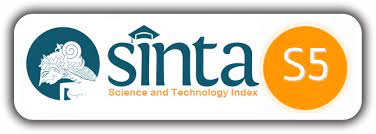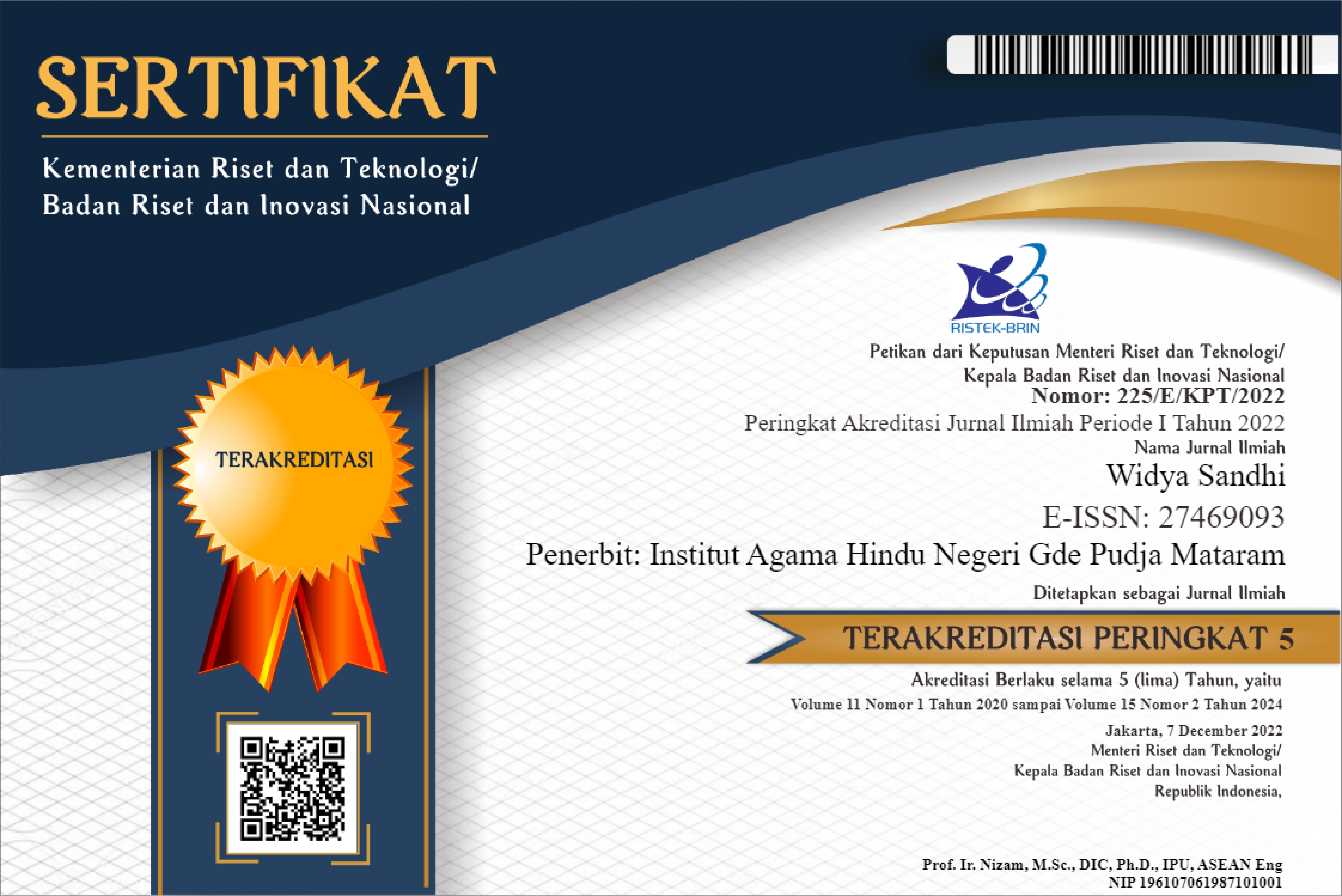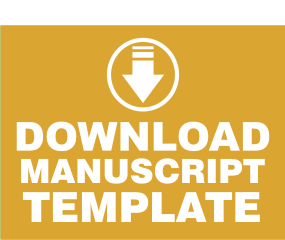SIDHIKARA SEBAGAI PENGUATAN IKATAN SOSIAL MASYARAKAT BALI DI LOMBOK
Abstract
The Balinese community in Lombok has traditional social ties as a vehicle to help solve social, cultural and religious activities. Sidhikara in the historical range has been established when the Balinese came to Lombok in relatively large numbers at the time of the Kingdom of Karangasem extending the territory to Lombok. The Balinese who came to Lombok during the historic period built a social and cultural system in order to carry out the teachings of Hinduism. This sidhikara system has an important meaning in realizing the implementation of social, cultural and religious activities, especially those that require the participation of many people.
The traditional social system of sidhikara in relation to the realization of social ties among Balinese in Lombok has been able to establish social interactions in order to complete Hindu social, cultural and religious activities. In this regard the social system of sidhikara has been able to show evidence of bringing the Balinese closer to the social fabric in religious activities, such as manusa yadnya and pitra yadnya. Both activities have been able to resolve the obligations of Hindus in the practice of religious culture.
Authors who publish with this journal agree to the following terms:
- Authors retain copyright and grant the journal right of first publication with the work simultaneously licensed under a Creative Commons Attribution-ShareAlike 4.0 International License. that allows others to share the work with an acknowledgment of the work's authorship and initial publication in this journal.
- Authors are able to enter into separate, additional contractual arrangements for the non-exclusive distribution of the journal's published version of the work (e.g., post it to an institutional repository or publish it in a book), with an acknowledgment of its initial publication in this journal.
- Authors are permitted and encouraged to post their work online (e.g., in institutional repositories or on their website) prior to and during the submission process, as it can lead to productive exchanges, as well as earlier and greater citation of published work (See The Effect of Open Access).






.jpg)




